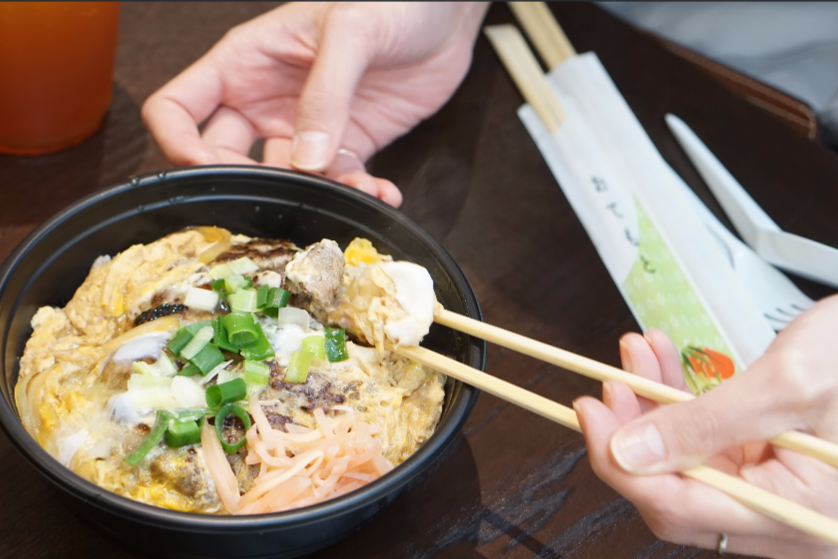
Read part 1 here
Traditional Japanese kitchens and modern Japanese kitchens are quite different. The kitchen used to be split into two sections, doma (the floor here was usually ground level with just earth under your feet! This is where fires would be made for cooking) and the second section contained the irori (raised above ground level, this is where all meals were eaten). These two areas were treated as a single living-dining area, and it’s why the Japanese refer to LDK (living, dining, kitchen) when describing how many rooms a house for rent or sale has.
Modern kitchens in Japan aren’t so different to what we know. Although, you won’t find ovens, and instead of 4 heat elements on the stove, there’s only 2. To Westerners, a modern Japanese kitchen seems quite small and cramped, but it’s suitable for washoku cooking.
Even with a kitchen evolution, modern kitchens still have some basic devices that have old-timey counterparts, such as the rice cooker (suihanki), steamers, and pots for miso soup. But, Japan is the home of innovative gadgets, and so the utensil list has become pretty extensive. Serving dishes, teapots, and Japanese high quality knives are pretty well known even in foreign countries. If you want to experience fine dining with traditional Japanese serving plates, you should check out Azuma. The Japanese royal family dined here, and the plates are absolutely beautiful – be careful not to break any!
Picture: Head to Kujin in Elizabeth Bay for some of the best teppan style cooking in Sydney
Some lesser known utensils are;
Katsuobushi-bako – a box made for shaving katsuobushi, which is dried, smoked, mould cured bonito. Sounds gross, but when shaved, the flakes are used to top things like takoyaki and okonomiyaki and everyone knows those are delicious.
Makisu – bamboo mat used for rolling sushi
Renge – a specific type of Chinese spoon
Teppan – hot plate, think teppanyaki or the plate okonomiyaki is cooked on, these come in home-sized editions (where can I get one?!)
Suribachi and surikogi – Japanese style mortar and pestle, it’s not smooth like Western ones
Chabudai – this isn’t exactly a utensil, it’s the dining table that is lowered into the ground. Very traditional, these are great fun to sit and eat in.
Finally, there’s chopsticks. For Westerners, we’re usually pretty surprised to find out that there’s actually more than just disposable and reusable chopsticks. Japanese style chopsticks used for eating with are shorter than the Chinese style, but longer than Korean style. On special occasions, or for fine dining, hashioki chopstick rests are used to prevent the chopsticks touching the table and becoming dirty. Saibashi are chopsticks of various sizes used for cooking, like deep frying or stirring and many other functions. Waribashi (disposable chopsticks) are used outdoors, you might be surprised to know the paper slip they come in also has a name, hashibukuro (literally chopsticks bag). It’s estimated that 8 billion waribashi are used per year.
Picture: tonkotsu from Yayoi
Chopsticks are also used as a way to determine whether a dish is Japanese, or just a dish cooked in Japan. If it can’t be drunk out of a bowl, or eaten with chopsticks, then it’s not considered “Japanese”. For example, tonkatsu is a fried pork cutlet, that is served already cut up. It can be eaten with chopsticks, so therefore it’s a Japanese food. Po-ku katsu, on the other hand, is a fried pork cutlet served whole, and needs to be eaten with a knife and fork. Despite the fact that it’s exactly the same recipe-wise as tonkatsu, it’s not “Japanese”.
What are you missing from your kitchen?